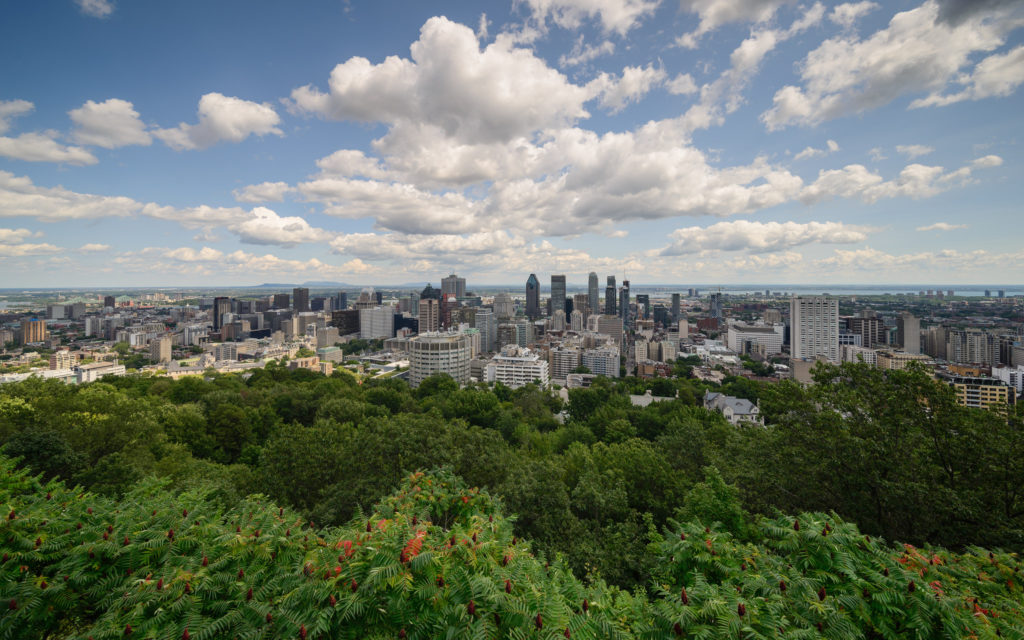CBD COP15: Why the whole world will be watching Montreal this December
Two of the most important summits about the nature crisis are happening within the span of a few weeks this fall. The first is focused on climate, and the second is focused on biodiversity. While they are treated separately, the solutions to overcome these crises are intertwined.
The UN’s annual climate summit is commonly called COP. Short for Conference of Parties to the United Nations Framework Convention on Climate Change, COP27 will be in Egypt in mid-November.
The UN also holds a biodiversity convention, and COP15 (a.k.a. the CBD COP) was supposed to take place in Kunming, China in October 2020. Now, after a series of pandemic-related postponements, it’s been relocated to Montreal from December 7 to 19.

Before digging into what we can expect at the event in Montreal, let‘s back up a bit.
Biodiversity is the variety of life on Earth or within a specific habitat. The Convention on Biological Diversity is a multilateral treaty that was opened for signature at the 1992 Earth Summit in Rio and was ratified by every UN member of state except the U.S., with a goal of halting biodiversity loss by 2010.
That goal was missed. At the 2010 CBD COP in Japan, the world community agreed on a 10-year strategic plan that included the 20 “Aichi Biodiversity Targets.” None of the targets were fully met.
A once-in-a-decade opportunity
Following that two-year COVID delay, leaders will be in final negotiations on the Post-2020 Global Biodiversity Framework. It’s intended to drive ambitious actions to reverse nature loss through 2030 while better incorporating Indigenous rights and equity.
And this ambition is critical: WWF’s Living Planet Report 2022 found that monitored populations of vertebrate species have declined globally by 69 per cent, on average, since the 1970. Our Living Planet Report Canada 2020 showed that monitored populations of species at risk of extinction have declined by 59 per cent, on average.
But despite this crisis continuing to accelerate, we also know it’s possible to slow it down and reverse course.
Since the CBD went into effect in 1993, experts estimate that the extinction of up to 70 birds and mammals have been prevented. It’s the reversal of wildlife loss that is precisely why COP15 in Montreal matters so much. Conservation efforts have not been failing, but we need greater ambition, and we need to improve turning that ambition into action.
Canada — which surpassed its 2020 marine protected area commitment in large part due to protecting Tuvaijuittuq, a Germany-sized section of the Arctic Ocean within the “Last Ice Area” — has committed to protecting 25 per cent of the country’s lands and waters by 2025 and 30 per cent by 2030.
We not only have to ensure the government meets these and other targets, but that they’re protecting the right places, in the right way, for the right reasons, not simply checking a percentage box. Protected areas must make a meaningful impact for at-risk species while also advancing Indigenous rights and protecting carbon stores.
The meeting moved to Montreal because that’s where the CBD secretariat is located — China remains the summit president. And now we will have a front row seat to one of the most important negotiations facing the planet.
This December in Montreal, the world needs to come together and finally stop the destruction of nature, reverse biodiversity loss and build a sustainable future for all life on Earth. We know what to do. We know how to do it. Stay tuned.

